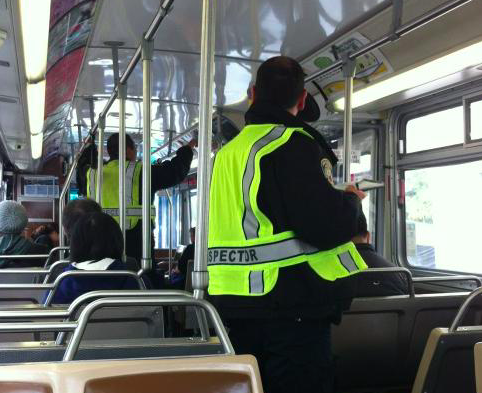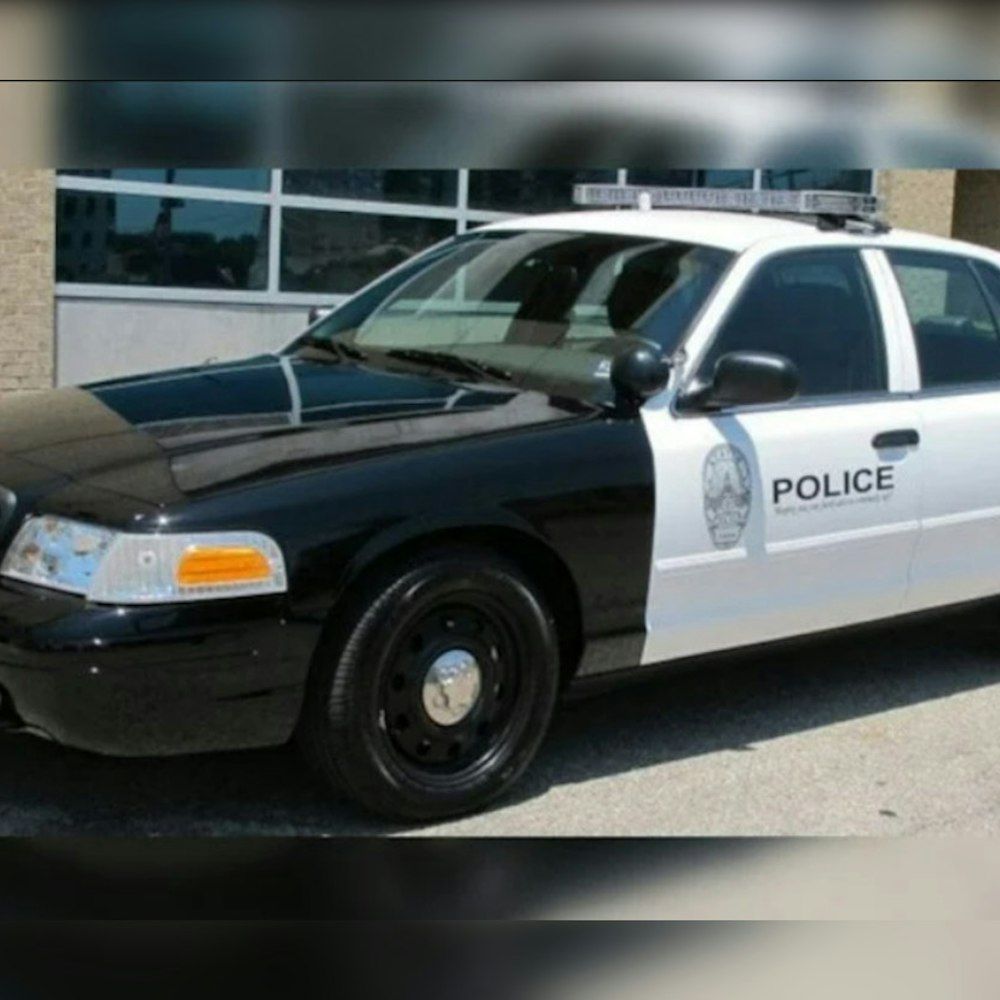
Muni bus and light-rail lines reach the outer reaches of San Francisco, but the same is rarely true of the inspectors tasked with handing out citations for fare evasion.
Transit-riding Hoodline tipsters have long noted that Muni fare inspectors seem to spend more time checking and ticketing riders at stops near the agency's headquarters, at 1 South Van Ness Ave. (at Market), than they do in other parts of the city. Compared to other busy corridors like Mission, Divisadero, or Geary, they say, you're far more likely to see a fare inspector at the Van Ness Muni station, or at bus stops along Market and Mission streets.
It turns out that impression is also reality, based on the city agency fare data available. According to Hoodline's analysis, you're far less likely to get busted for skipping payment on the edges of the city, and more likely to be asked to show proof of payment as you get closer to the Market Street corridor.
We looked at a dataset containing tens of thousands of citations that were handed out from January 2015 through February 2016.
After mapping the data, we found that fare citations are concentrated around the SFMTA's headquarters, with frequency of citations decreasing the further passengers are from that focal point.

Overall, nearly a third of citations were given out within half a mile of the office, more than half were handed out within one mile, and 85 percent total were issued within two miles. Distant parts of the city appear almost untouched.
To understand why, we contacted the San Francisco Municipal Transportation Agency, which operates the Muni public transportation system.
It told us that the inspector force is small, it's not intended to maximize citation revenue, and it intentionally starts fare inspections from headquarters and the biggest transit centers in the city, then works its way outwards.
A Central Focus
For this analysis, we examined data from more than 58,000 tickets that the SFMTA issued between January 2015 and February 2016 (first received by partner publication the San Francisco Examiner, which shared it with us).
Among those, we were able to analyze 54,205 tickets. Note that some tickets in the dataset were incomplete or incorrectly filled out, so we excluded them from our analysis.
There were at least 16,945 citations given out in locations less than half a mile out from the office and at least 8,609 tickets given out in areas less than a block away from the building. At least some, the SFMTA says, could be from inspectors filling out the headquarters location on the ticket even though it may have been issued further away.
Of citations issued, 3.5% were given to riders within 2-3 miles, 2.4% were given within 3-4 miles, and 0.43% within 4-5 miles. So, if you're riding Muni in the Outer Sunset or Outer Richmond, Bernal Heights, West Portal or Hunters Point, chances are you'll rarely see a fare inspector.

How Transit Fare Inspectors Operate
“Ideally they’ll go to the beginning point, you know where lines begin, have them get on, ride a couple of stops and check for fair compliance along the way and then get off and wait for the next coach to come along,” explained the SFMTA’s chief security officer, Christopher Grabarkiewctz, about inspectors' enforcement patterns. “So essentially they sort of leapfrog to the end of the line and then get off the coach and do it on the way back again.”
In total, there are 40 transit fare officials. These inspectors sign up for their individual shifts each quarter, as part of a collective bargaining agreement, Grabarkiewctz said, with two day shifts and two swing shifts. Instead of assigning an inspector at specific Muni stops throughout the city, they are assigned to two to four lines a day.
There are cases when the assignments change due to circumstances like inclement weather, but on most days, this is how you can expect the inspectors to work.
"It sort of makes sense there would be a disproportionately higher number of citations around this area," he agreed, "since they’re based in this building and so [they begin issuing citations] as they go out to go wherever they are."

While on the job, inspectors are free to check for fare evasion from any person riding or disembarking from a bus or light-rail train. Grabarkiewctz noted that there are instances where they're allowed to use their discretion when they are uncertain about writing up a citation.
For example, if a person looks to be from out of town or is having language difficulties, or if a child doesn’t have his or her youth card in hand, inspectors may let them off with a warning.
Excluding these situations, Grabarkiewctz said, “if we’re moving at approximately 705,000 people a day in any given month, we’re able to check for fare compliance for the total month of about 150,000 people.”
A 2014 survey conducted by the SFMTA found a rate of fare evasion estimated at 7.9 percent, down from 9.5 percent in 2009. The agency expects to conduct another fare evasion survey this year.
Remaining Questions
One glaring issue we came across while tackling the data was the lack of uniformity in many of the citations. A number of tickets in the dataset were incomplete or included locations that were spelled incorrectly, which made coming up with a comprehensive conclusion more difficult than we had anticipated.
When we asked Grabarkiewctz why this was the case, he told us that the transit fare inspectors each have his or her own way of doing the work.
“We certainly have a performance standard that supervisors are supposed to maintain, but a lot of these people have been doing it for a very long time,” said Grabarkiewctz. “I’m not making excuses, it’s certainly something that we try to exercise and there’s constant reminders about this kind of thing.”
The reason why managers try to enforce this rule is to prevent any problems, such as in a case where a rider contests a citation but the SFMTA doesn’t have proper citation records.
Other questions remain. We haven't been able to get 2016 fare ticket data, nor compare tickets versus ridership per station, for example. Presumably, there are relationships to population and workday densities — it's likely that a large portion of Muni riders will pass near 1 South Van Ness on a given weekday, for instance. The trends may have changed over the last 12 months, and there may be more factors that we haven't been unable to tease out from this analysis.
But here's what we do know.
If you’re anywhere close to the SFMTA's headquarters, you should be sure to have your transfer or proof of payment ready. And if you're near the ocean or the bay, you might not need it as often—for now, at least.









